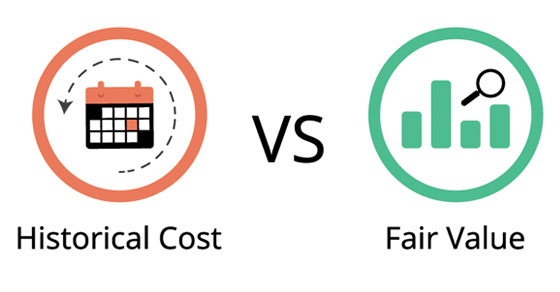
Auditors of public companies started reporting critical audit matters (CAMs) in their audit opinions in 2019. This represents a major change to the pass-fail auditors’ reports that had been in place for decades. Now, accounting rule makers are assessing how this project has fared over the last two years — and whether changes are needed to provide financial statement users with more useful, cost-effective information.
The Basics
Auditing Standard (AS) 3101, The Auditor’s Report on an Audit of Financial Statements When the Auditor Expresses an Unqualified Opinion, requires auditors to add a discussion of CAMs to the audit report. CAMs are defined as matters that:
- Have been communicated to the audit committee,
- Are related to accounts or disclosures that are material to the financial statements, and
- Require an auditor to make a subjective decision or use complex judgment.
Under the updated guidance, auditors must identify each CAM, detail the reasons why it was selected and back up their assertions using relevant financial information. The Public Company Accounting Oversight Board (PCAOB) doesn’t provide a list of possible CAMs or prescribe a specific number of CAMs that must be stated in an auditor’s report.
Auditors of large accelerated filers — public companies with market values of $700 million or more — are required to report CAMs for fiscal years ending on or after June 30, 2019. Smaller public companies must report CAMs for fiscal years ending on or after December 15, 2020.
CAMs today
In December 2020, the Center for Audit Quality (CAQ) issued Critical Audit Matters: A Year in Review. It reported that the most frequent categories of CAMs for S&P 100 companies were:
- Taxes (16%),
- Goodwill and/or intangibles (14%),
- Contingent liabilities (12%), and
- Revenue (9%).
The remaining 49% of CAMs comprised 23 different categories including business combinations, sales returns and allowances, pensions and other post-employment benefits, and asset retirement and environmental obligations. CAMs are expected to change from year to year.
One of the biggest developments in 2020 was the COVID-19 pandemic. While COVID-19 itself isn’t a CAM, the virus’s impact on a material account or disclosure may need to be reported as a CAM. For example, market volatility during the pandemic may have triggered a complex impairment analysis for goodwill.
No changes yet
In June 2021, the Financial Accounting Standards Advisory Council (FASAC) met to evaluate whether updates were needed for the accounting areas that were most frequently referenced as CAMs. Overall, FASAC members concluded that those accounting areas were generally aligned with their expectations. However, there’s a lack of information in financial statement disclosures in certain accounting areas, such as loss contingencies. Research also indicates that CAMs may have a greater influence on less sophisticated investors by highlighting accounting areas that they may have been unaware of.
While AS 3101 hasn’t yet triggered any immediate changes to the accounting rules, some effects of the CAM requirements may take several years to fully manifest or stabilize. The PCAOB plans to publish a more comprehensive post-implementation review of CAMs in 2024. Contact your auditor for the latest developments.




